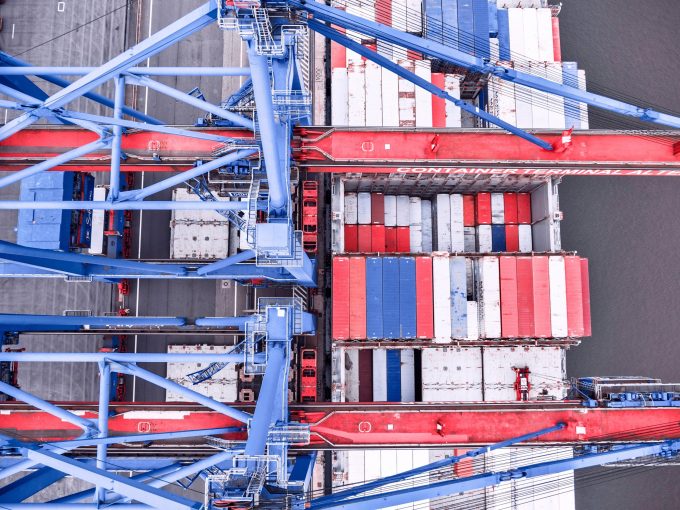The post-tariff evolution of MSC's transpacific network
Since the shift in alliances earlier this year, Gemini duo Maersk and Hapag-Lloyd have been ...

Despite generally weak cargo demand, spot rates on the Asia-Europe trades continued to show gains this week, as carrier capacity management combined with port congestion left space at a premium.
Following a series of general rate increases on 1 November and a new round of freight ...

Comment on this article